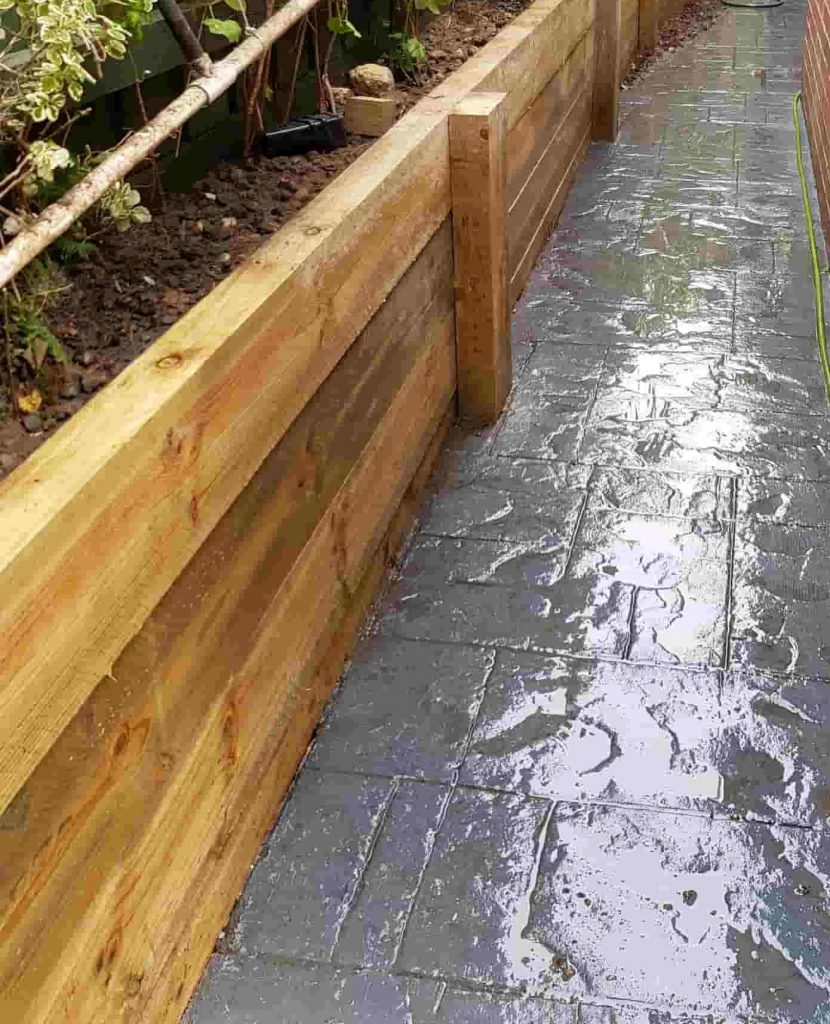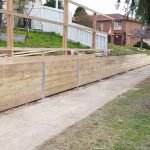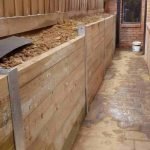Spotlight on Eco-Friendly Practices by Modern Retaining Wall Builders
Introduction: Building a Greener Future with Maintaining Walls
In today's world, where environmental issues are at the leading edge of societal conversations, it's crucial to check out how numerous industries add to sustainability. Retaining wall builders stand as essential gamers in this narrative. Through innovative materials and eco-conscious practices, they are improving landscapes while reducing their environmental footprint. This short article looks into the myriad ways modern keeping wall installers are adopting eco-friendly methods, guaranteeing that construction does not come at the expenditure of our planet.

Spotlight on Eco-Friendly Practices by Modern Retaining Wall Builders
Understanding Eco-Friendly Practices in Construction
Eco-friendly practices describe methods and strategies that aim to reduce environmental damage. In the context of maintaining wall construction, these techniques consist of the use of sustainable materials, waste decrease methods, and energy-efficient processes. However why should maintaining wall contractors appreciate being environment-friendly? The response is simple: sustainability not only benefits the environment however likewise improves their credibility and business prospects.

The Function of Retaining Walls in Landscape Management
Retaining walls serve several functions beyond visual appeals; they play a crucial role in handling soil erosion and water drainage. By implementing eco-friendly practices, retaining wall contractors can boost these functions while lowering their impact on the environment.

Sustainable Materials: The Heart of Eco-Friendly Construction
Concrete Sleepers: A Durable Option with Less Impact
Concrete sleepers are a popular choice amongst retaining wall builders due to their toughness and versatility. They're often made from recycled products, which helps in reducing waste. Utilizing concrete sleepers decreases the requirement for lumber, https://www.instagram.com/mrcreamchargerscomau/ preserving forests and contributing favorably to the ecosystem.
Timber Sleepers: Sourcing Responsibly
While wooden sleepers like H beam, wood sleeper, or timber sleeper offer natural appeal and strength, sourcing them responsibly is crucial. Builders should guarantee that wood originates from sustainably managed forests. This dedication not only preserves biodiversity but also supports local economies.
Stone: Nature's Timeless Resource
Stone is another product extensively used in retaining walls. Its long-lasting nature implies less replacements with time, making it an eco-friendly choice. Plus, when sourced in your area, it reduces transportation emissions significantly.
Innovative Strategies Employed by Modern Builders
Green Engineering Principles in Design
Modern retaining wall installers leverage green engineering concepts to produce designs that mix effortlessly with nature. This method guarantees that structures support natural communities instead of disrupt them.
Use of Geosynthetics for Soil Reinforcement
Geosynthetics are artificial products that enhance soil stability without intrusive excavation approaches. By utilizing geogrids or geomembranes, contractors can reduce land disruption and promote natural plants growth around maintaining walls.
Minimizing Waste Throughout Construction
Prefabrication Techniques
Prefabrication enables building components off-site before transferring them for assembly at the last area. This technique substantially reduces waste produced throughout standard building processes.
Recycling Materials
Many modern keeping wall home builders prioritize recycling products whenever possible. For example, remaining concrete can be repurposed into aggregate for brand-new projects or perhaps recycled in landscaping features.
Energy Effectiveness in Building and construction Processes
Sustainable Equipment Choices
The machinery utilized by retaining wall contractors can have a significant impact on energy intake. Opting for fuel-efficient equipment or electric machinery can significantly minimize carbon emissions throughout construction.
Integrating Native Plant Species
Integrating native plant species around keeping walls helps restore local environments while supplying aesthetic appeal. These plants need less water and maintenance than non-native types, making them a sustainable option for landscaping.
Community Engagement: Educating Clients About Sustainability
Educating clients about eco-friendly practices fosters a culture of sustainability within neighborhoods. When customers understand the advantages of environmentally mindful options-- like going with concrete sleepers or stone-- they're most likely to invest in sustainable solutions.
Certifications and Standards for Sustainable Practices
Many companies provide certifications that acknowledge sustainable building practices within the market. Examples consist of LEED (Leadership in Energy and Environmental Style) accreditation, which motivates builders to abide by rigid environmental standards.
Case Studies: Successful Executions of Environmentally Friendly Practices
Examining successful tasks can influence others within the industry to embrace comparable practices. For example:
- A project making use of recycled concrete sleepers showed cost savings along with environmental benefits.
- Another case highlighted how using native plants boosted biodiversity around freshly built retaining walls.
Economic Advantages of Eco-Friendly Retaining Wall Solutions
Investing in eco-friendly options might have an in advance expense but causes long-term cost savings through lowered maintenance needs and increased residential or commercial property worth due to enhanced landscape aesthetics.
Overcoming Difficulties in Adopting Environmentally Friendly Methods
Despite increasing awareness about sustainability, some challenges continue:
However, informing customers about long-lasting advantages can assist overcome these objections.
FAQs About Eco-Friendly Practices by Modern Retaining Wall Builders
- Sustainable options include concrete sleepers made from recycled content, properly sourced lumber sleepers, and in your area sourced stone.
- Look for professionals who display experience in sustainable practices and have pertinent certifications or positive reviews regarding their ecological efforts.
- Yes! Lots of governments offer tax credits or rebates for eco-friendly construction tasks that promote sustainability.
- Absolutely! Native plants are adjusted to regional climates and soils; they typically require less water and maintenance compared to non-native species.
- Effective waste management through recycling methods reduces garbage dump contributions and promotes resource performance during building projects.
- Yes! Existing structures can frequently be upgraded by adding sustainable landscaping features or using greener materials when repairs are needed.
Conclusion: The Course Forward Towards Sustainable Retaining Wall Construction
As we've explored throughout this post, contemporary maintaining wall home builders hold significant capacity to affect environmental stewardship through their practices-- from selecting sustainable materials like concrete sleepers or stone to using ingenious design techniques that boost ecological health. By focusing on education and community engagement surrounding these topics, they not just improve their service potential customers however also contribute positively towards constructing a greener future for generations ahead.
Ultimately, embracing environmentally friendly practices is not just a pattern; it's ending up being progressively important as we navigate obstacles related to climate change and urbanization-- making it crucial for every conscientious builder out there!
